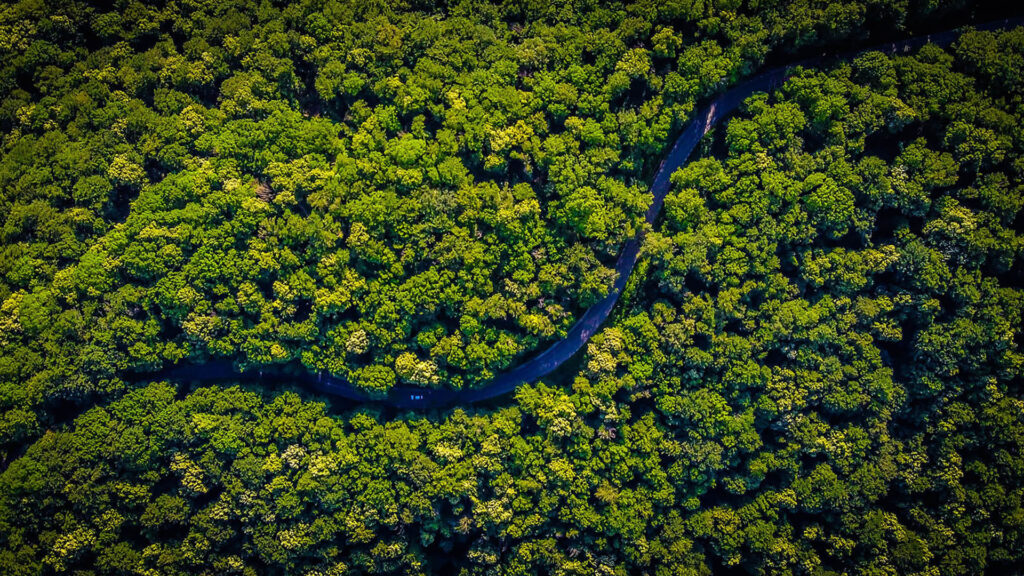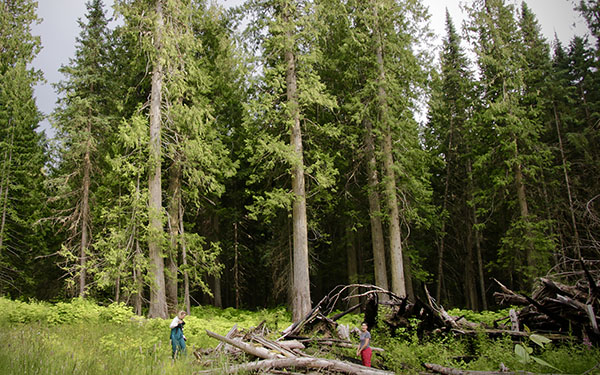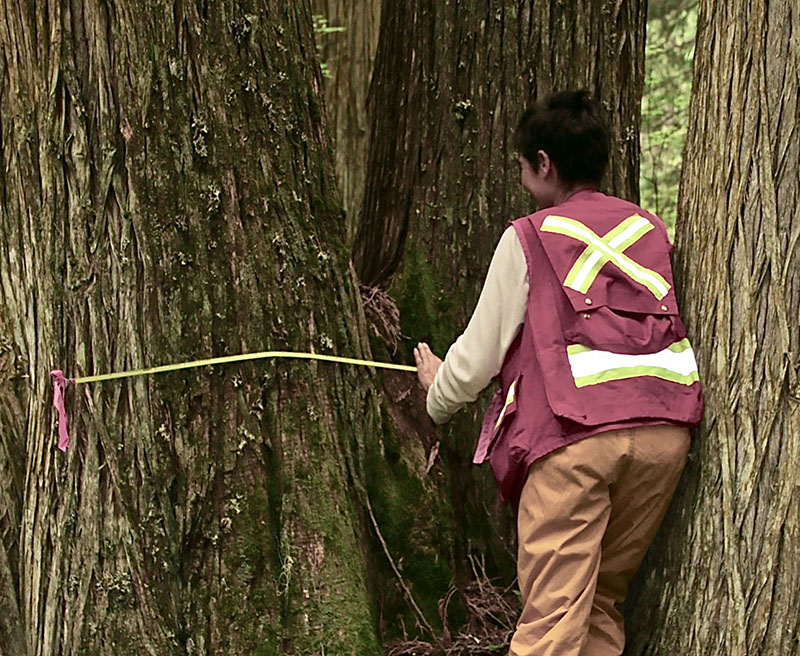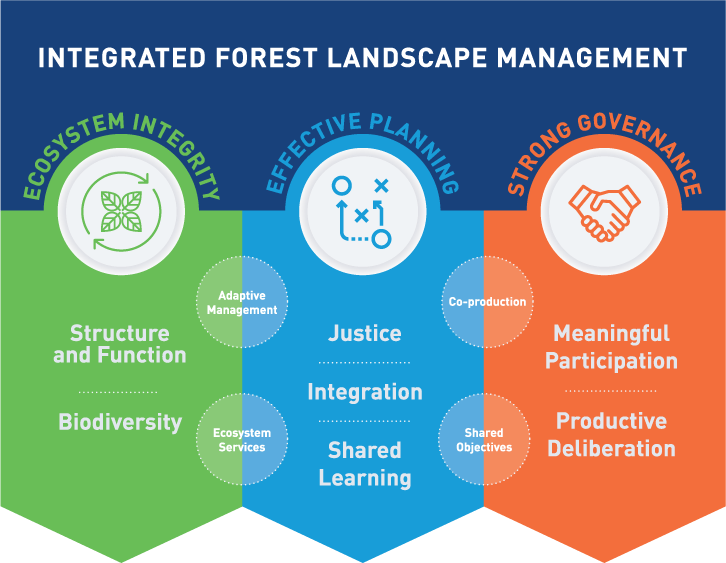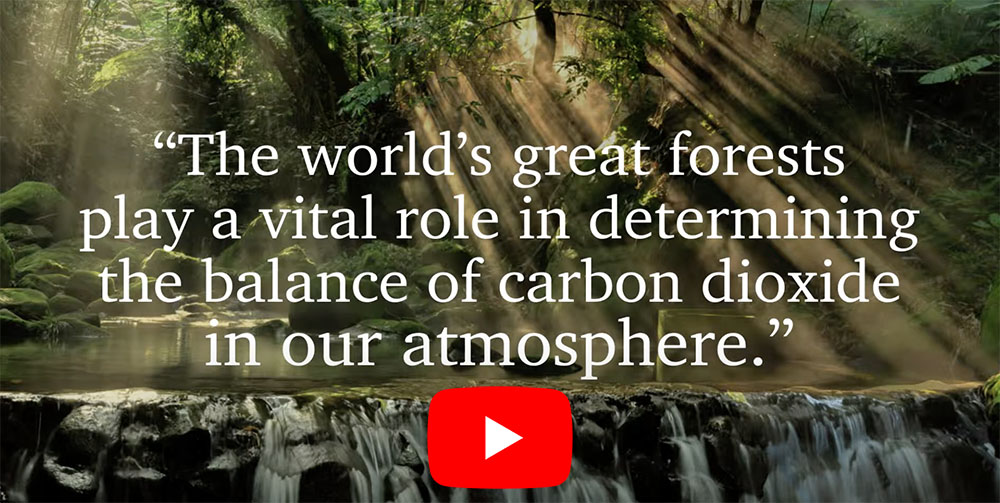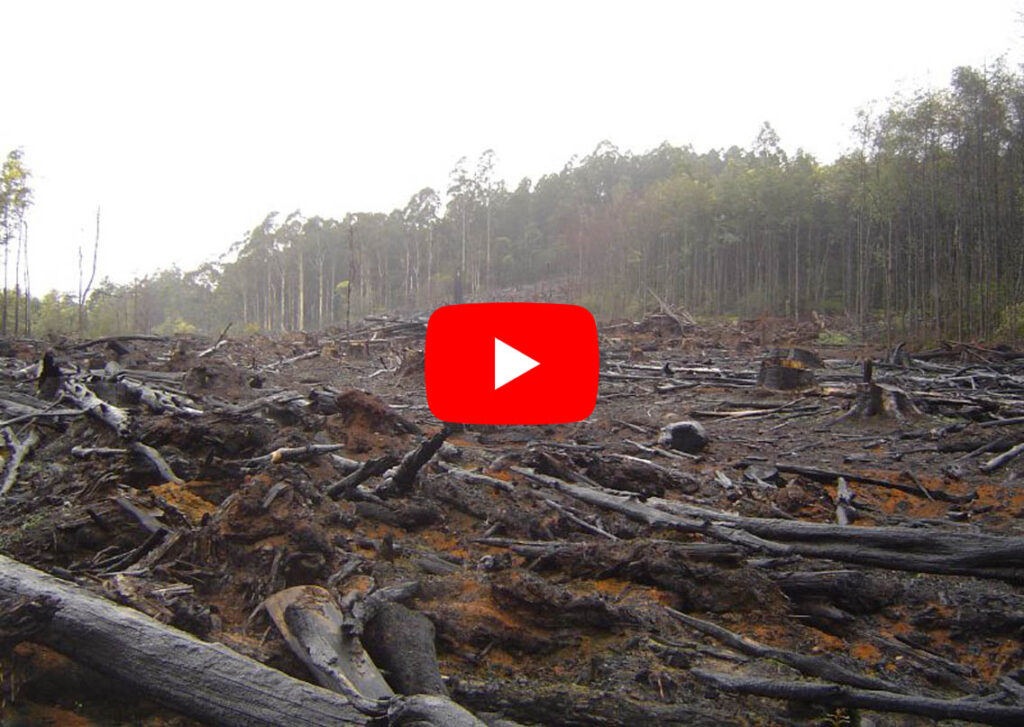Publications by research field
Policy brief: The irreplaceability of tropical primary forests
17/06/2025
The economic values of primary tropical forests are global significant. Avoiding their loss and degradation is critical to meeting global climate, biodiversity, and social development goals.
Tracking ecosystem stability across boreal Siberia
02/12/2024
Forests around the world are under immense pressure from human land use and climate change, however vastly improved remote sensing techniques can help identify where forests are under greatest stress from a wide range of human-caused and climate risks.
Tree structure and diversity shape the biomass of primary temperate mountain forests
06/08/2024
Primary forests are spatially diverse terrestrial ecosystems with unique characteristics, being naturally regenerative and heterogeneous, which supports the stability of their carbon storage through the accumulation of live and dead biomass. Yet, little is known about the interactions between biomass stocks, tree genus diversity and structure across a temperate montane primary forest.
The enduring world forest carbon sink
17/07/2024
The uptake of carbon dioxide (CO2) by terrestrial ecosystems is critical for moderating climate change. To protect the carbon sink, land management policies are needed to limit deforestation, promote forest restoration and improve timber-harvesting practices.
Primary forest carbon key to achieving Europe’s Green Deal 2030
14/05/2024
Restoration of forest ecosystems by allowing continued growth of regenerating forests, active restoration measures, and re-connecting fragmented remnants across landscapes, will provide crucial mitigation benefits that contribute to emissions reduction targets as well as existing and future co-benefits.
Stakeholder perceptions of forest ecosystem services in Nepali red panda habitat
31/07/2023
Building the capacity of marginalised groups by increasing their skills and raising awareness about sustainable forest management could have tangible impacts on the ground, including the protection and conservation of Nepal’s unique flora and fauna into an uncertain and difficult future.
Forest governance for sustainable communities and red panda conservation
17/02/2023
Building the capacity of marginalised groups by increasing their skills and raising awareness about sustainable forest management could have tangible impacts on the ground, including the protection and conservation of Nepal’s unique flora and fauna into an uncertain and difficult future.
Policy brief: Conservation connectivity and the biodiversity-climate nexus
14/02/2023
Connectivity between conservation areas is vital for protecting and restoring biodiversity and ecosystems and can play a key role in supporting national responses to climate change, in Australia and around the world. Through a National Conservation Corridors Framework Australia could meet both climate and biodiversity outcomes and protect First Nations cultural heritage.
Community evaluation of forest governance in the DRC
15/12/2022
The DRC has over 100 million hectares of forest and has significant potential to benefit from these forests through REDD+ if they are managed effectively. The research shows that building the right capacity, consulting and accessing the needs of the community, and building long-term projects and partnerships are key success factors for improving forest governance.
Policy brief: Ecosystem integrity maximises climate mitigation and minimises risk in international forest policy
16/11/2022
The ecological, social and economic values of forests are widely known and avoiding their loss and degradation has been recognized in national and international policy as critical for helping address the many global problems we face.
Policy brief: Carbon accounting improvements for operationalising the Glasgow Climate Pact
16/11/2022
The need for integrated policy action to mitigate climate change and conserve biodiversity has now been recognised in Article 38 of the Glasgow Climate Pact. This emphasises the importance of protecting, conserving and restoring nature and ecosystems, including forests and other terrestrial and marine ecosystems.
Assessing community readiness for REDD+ projects in the DRC
28/10/2022
Payment for ecosystem service (PES) schemes are programmes that compensate forest communities for refraining from undertaking extractive uses, such as mining, intensive logging, and clearing. PES schemes can be important policy tools in meeting climate targets but effective deployment demands an understanding of local deforestation drivers and host communities’ preferences.
Policy brief: The economic value of the world’s forests
28/10/2022
Our planet’s forests provide many benefits to society’s continued well-being yet are subjected to ongoing loss and degradation. These activities provide financial benefits but unless we understand the value of what is lost when the forests are cleared and degraded, we will not be able to make informed decisions about their use and management.
Stakeholder perspectives on governance effectiveness in Red Panda conservation
04/10/2022
This study investigated the range if views from multiple stakeholders on the quality of existing forest management strategies that support the protection of the famous Red Panda in Nepal.
Using ecosystem integrity to maximise climate mitigation and minimise risk in international forest policy
16/09/2022
Rules and guidelines that treat forests equally in key international policy frameworks regardless of their risk profiles limit their effectiveness and can facilitate forest degradation. Here we assess the potential for using a framework of ecosystem integrity to guide policy goals.
Mapping forest stability within major biomes using MODIS time series
15/09/2022
Forest stability is a key component of ecosystem integrity and primary forests. Current remote sensing products largely focus on deforestation rather than forest degradation, and depend on machine learning calibrated with extensive field measurements. To address this, we used MODIS time series to develop a novel approach for mapping forest stability across forest biomes.
Policy brief: Burning forests for energy is not a source clean energy
13/09/2022
The recent shift towards using forest biomass burning for energy comes with grave risks of highly perverse outcomes, including increased CO2 emissions and negative impacts on forest ecosystem integrity.
Burning forest biomass for energy is a climate own goal
25/08/2022
Data from Europe shows that there has been a major increase in the intensification of logging in Europe over the past five to seven years and this could prevent many European nations reaching their emissions reduction targets under the Paris and Glasgow agreements. The same process is now being pushed heavily by certain forest industry lobbyists and government agencies in several Australian states, including Tasmania, Victoria and New South Wales.
Historical trends in and status of red panda research
10/08/2022
The red panda is a unique species known for its distinct biological and ecological characteristics, and its captivating appearance but its future remains uncertain. This study assessed the history of conservation studies over 193 years.
Mature and old-growth forests contribute to large-scale conservation targets in the United States
29/07/2022
Mature and old-growth forests of the United States collectively support exceptional levels of biodiversity but have declined substantially from logging and development.
Comparing community needs and REDD+ for capacity building and forest protection
15/06/2022
Capacity building activities done through REDD+ schemes can meet the many technical needs but there are likely a number of systemic capacity needs that are unlikely to be addressed through existing processes. Missing are education and training in governance and management, as well as fundamental education in sustainability. Failure to address these needs risks undermining any implementation of REDD+.
Estimating carbon stocks and changes in British Columbia’s forests
05/05/2022
British Columbia contains under-appreciated carbon stocks, which if protected, can help Canada meet its climate and conservation targets, but only if there are major forestry reforms to protect carbon-dense old-growth forests.
Evaluating planning without plans: Principles, criteria and indicators for effective forest landscape approaches
01/04/2022
Effective planning is a key pillar of landscape management, but there are limited tools for evaluating planning, especially where planning is informal or nascent. This paper outlines a novel and robust principles, criteria and indicators framework for evaluating planning in contexts where there is limited formal planning.
Legal protection of the Amazon: Current and future Trends
30/11/2021
The recent Amazon fires of 2019 and 2020 have heightened attention on the region and brought the question of Amazon conservation to the forefront of international debate. The crucial role of primary forests, such as the Amazon, in preventing catastrophic biodiversity loss and climate change is largely recognised in the scientific literature and in policy forums.
How much is that forest worth? The economic value of global forest ecosystems
18/11/2021
The number of studies on valuation of forest ecosystem services is increasing over time, but limited in covering important regions and forest types. The values are diverse in nature for different forest features and ecological zones. The economic value is greatest when the ecosystem services are considered together, instead of when individual extractive uses are used in insolation.
Economic values of the world’s forest ecosystem services
07/11/2021
Economic studies published between 1990 and 2018 from primary forests around the world were reviewed to create a database of forest values. This database represents a 'meta-analysis' of the economic values of global forest ecosystem services in a readily comparable measure.
Natural disturbance impacts on trade-offs and co-benefits of forest biodiversity and carbon
20/10/2021
Historical forest disturbance have an impact on forest ecosystem co-benefits and trade-offs. Accounting for long-term variations of past disturbances can improve policies aimed at mitigating climate change and biodiversity loss.
Fire and logging threats to primary forests in central Siberia
15/10/2021
Using remote sensing time series, we found increasing trends in fire and logging disturbances in primary forests of the Angara case study region. We also found large increases in fires closer to human settlements, roads, and logged sites.
International Union for Conservation of Nature Primary Forest Case Study: Boreal Siberia
16/09/2021
This case study for the IUCN details the context, values, and threats to primary forests in the Angara region of Siberia, as well as recommended solutions and responses. This is one of several case studies submitted to the IUCN as part of the Primary Forests project.
Policy brief: Reforming carbon accounting to support of nature-based solutions
13/09/2021
Nature-based solutions provide opportunities for climate change mitigation, biodiversity conservation and ameliorating environmental degradation. But those opportunities are not materialising as current carbon accounting is deficient for use in evaluating them.
Policy Brief: The Three Key Pillars of Integrity-based Forest Management
26/08/2021
Integrated landscape approaches to forest management are more holistic than conventional sector-based approaches and provide a more promising approach to sustainable management. Integrity-based Forest Management (INFORM) provides a framework for developing and evaluating integrated landscape approaches built on ecosystem integrity, effective planning and strong governance.
It’s time to stop pretending burning forest biomass is carbon neutral
09/06/2021
Some have argued that against conserving forests, alleging that 'managing' forests, including for bioenergy, produces more climate mitigation than letting them grow. However, this conclusion is based on not counting emissions from burning biomass, and other carbon accounting sleight of hand.
Definitions, data, and methods for primary forest assessment
16/05/2021
This report has been prepared to review and assess definitions relating to primary forests; to collate and evaluate the datasets and methods currently available for measuring the extent of primary forests; and to provide options for defining, assessing and reporting on primary forests.
REDD+ and forest protection on indigenous lands in the Amazon
14/02/2021
This study focuses on REDD+ as a market-based mechanism in the voluntary carbon market. It assesses the viability of using REDD+ on Indigenous lands, in this case the Brazilian Amazon and examines three key aspects of REDD+: the legal, technical and market requirements.
Three Key Pillars for Integrity-based Forest Landscape Management
30/11/2020
Integrated landscape management of forest landscapes requires ecosystem integrity, effective planning and strong governance. Integrated landscape approaches to forest management are more holistic than conventional sector-based approaches and provide a more promising approach to sustainable management.
Large-scale forest conservation with an Indigenous People in the Amazon
13/10/2020
This book chapter examines the struggle of the Kayapó to protect their constitutional territorial rights in the highly-threatened southeastern Amazon of Brazil. 21st century alliances of the Kayapò with conservation organisations have enabled protection of over 9 million hectares of their contiguous ratified territories.
Primary forests are being undervalued in the climate emergency
02/06/2020
The world's contain irreplaceable biodiversity and are critical to the regulation of the global climate and maintaining stable carbon pools. Carbon-dense primary forests are found in every major forest biome and they typically support higher levels of biodiversity than logged forests, especially imperiled and endemic species, yet their value is not fully recognised in climate policy.
Recognising the importance of unmanaged forests to mitigate climate change
27/05/2020
The carbon stock in Europe's forests is decreasing and the importance of protecting ‘unmanaged’ forests must be recognised in reversing this process. Scientific evidence suggests that ‘unmanaged’ forests have higher total biomass carbon stock than secondary forests being actively managed for commodity production or recently abandoned.
The Nexus Report: Nature Based Solutions to the Biodiversity and Climate Crisis
16/05/2020
The climate change and biodiversity crises are intertwined. The loss of biodiversity reduces the resilience of both planet and people and narrows our response options for defeating climate change. Too often, though, biodiversity and climate change are dealt with in relative isolation by governments, intergovernmental processes, and other key actors and stakeholders.
Primary forests: a priority nature-based solution
20/03/2020
Primary forests sequester more carbon, more safely than planted forests and offer far greater biodiversity benefits. We cannot resolve the climate or biodiversity crises without prioritising the protection of primary forests, argue members of the Primary Forests Task Force.
Regenerative forest economies: Micro-economics perspectives
08/05/2019
The micro-economics teams from Griffith University and Woods Hole Climate Research Center introduce how environmental economics can play a role in demonstrating - or quantifying (often in dollar terms) many forest values - and economics can also play a role in designing schemes that can help forest communities begin to capture the benefits provided by conservation efforts.
Protecting primary forests
30/03/2019
Brendan Mackey, Director of Griffith University's Climate Change Response Program, speaks at Woods Hole Research Center on March 21, 2019 on "Protecting Primary Forests: How We Can Get There and Why it Affects Us All".
Prospects for sustainable logging in tropical forest
14/10/2012
There is a convincing body of evidence shows that, as it is presently codified, sustainable forest-management logging implemented at an industrial scale guarantees commercial and biological depletion of high-value timber species within three harvests in all three major tropical forest regions.

